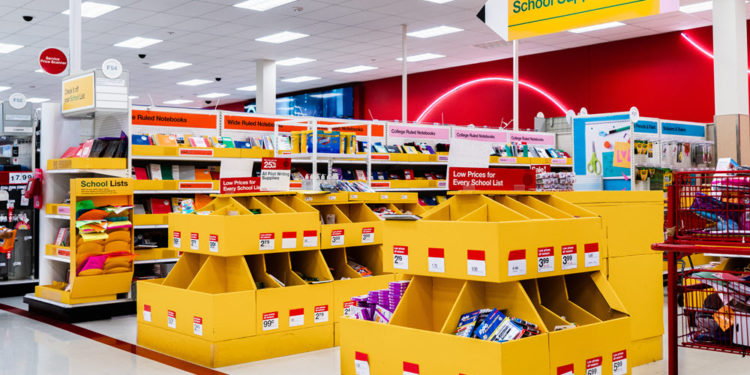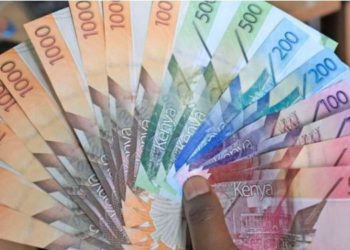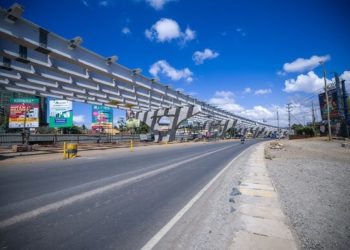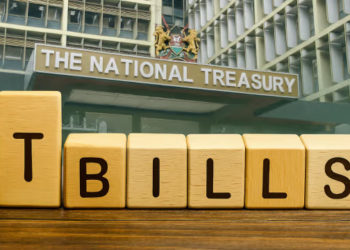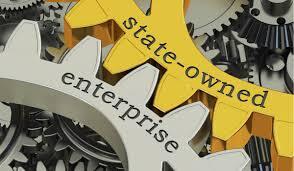Kenyan parents are currently beset by challenges as schools prepare to reopen in May 2025, The effects of inflation recorded at 4.1% by the Kenya National Bureau of Statistics is casting a long shadow over the education sector, squeezing household budgets and straining school operations. Rising costs for essentials like food, fuel, and materials are driving up education expenses, making it harder for parents to afford fees, uniforms, and supplies, while schools grapple with increased operational costs. This inflationary pressure threatens access to education for Kenya’s 13.0 million students, particularly in low income communities
For households, inflation has reduced their purchasing power, with the rising cost of living, schools too are adjusting fees in institutions to account for changes particularly the private schools. Public schools on the other hand, who are reliant on government capitation of KES 22,244.0 per secondary student, face delays in disbursements, forcing parents to cover gaps. The price of uniforms has climbed due to higher cotton and transport costs, while textbooks, critical for the newly rolled competency-based curriculum, have also been noted to cost more, leaving parents with no option but to borrow to meet education costs, with microfinance loans and digital lenders becoming a lifeline despite risks of default
Schools are not spared either. Energy costs and food prices, have gone up, inflating boarding school budgets. Rural schools, lacking economies of scale, face higher procurement costs, with some cutting extracurricular activities to stay afloat. Teacher and lecturer salaries, remain stagnant against a 4.1% inflation rate, fuel demands for raises, with unions like UASU threatening and calling for strikes that disrupt learning.
The economic ripple effects are stark. Inflation-driven fee hikes contribute to dropout in schools, particularly in arid regions. Microfinance institutions report a 20.0% surge in education loan applications, but 6.5% of these loans risk default, up from 5.0% in 2023. Government efforts to cushion education through a KES 14.0 billion capitation boost are stalled by fiscal constraints, with public debt servicing consuming more than 60.0% of revenue
As schools reopen, inflation’s impact underscores the need for targeted subsidies and innovative financing to safeguard education access. Without swift intervention, Kenya risks widening inequality and stunting its human capital development


